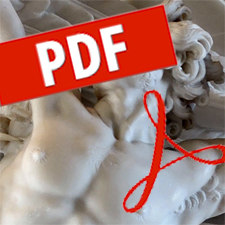
Cultural exploitation in Chinese politics: reinterpreting Liu Sanjie
By Quan Liu
Liu Sanjie is a typical Chinese legendary figure, adapted from folk custom and transformed during many historical and political stages. By comparing the musical film Liu Sanjie with the landscape performing art Impression Liu Sanjie, this paper explores how Liu Sanjie is reconstructed in the Impression to be in accord with contemporary demands (shidaixing). In the film, made during the 1960s, Liu Sanjie was promoted as a heroine fighting against the privileged classes, but in the Impression, her class struggle has been erased and only a harmonious and abstract legend remains. Her ethnicity is promoted by Han elites as not exclusive Zhuang, but shared equally with Han, Miao and Dong ethnicity in an imagined community to propagate a sense of ethnic harmony and unified Chineseness. Her transformation from a realistic character, full of a rebelling spirit, to an abstract and disembodied ‘sense of harmony’, is a complete reinterpretation of a Chinese historical legend. Utilizing a term from Wang Ban (1997), ‘the sublime figure of history’, which refers to an ideology aestheticized by the party state for securing its governance, this paper refers to the bold artistic treatment of Liu Sanjie for cultural exploitation as ‘Liu Sanjie’s sublime’. The paper explores the evolutionary progress of Liu Sanjie from class revolution to art revolution in response to political requirements. The author is a stage-trained performing artist, specialized in both Western opera and Chinese classical and folk singing and dance. He is also a critic and art consultant in the Chinese landscape performing arts industry. These professional roles have allowed privileged access to the top people in this industry.
page: 111 – 136
Prometheus: Critical Studies in Innovation Volume 37, Issue 2
SKU: 370202